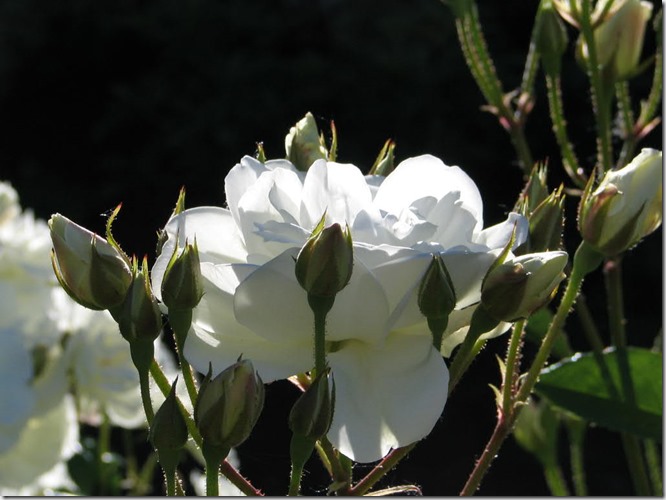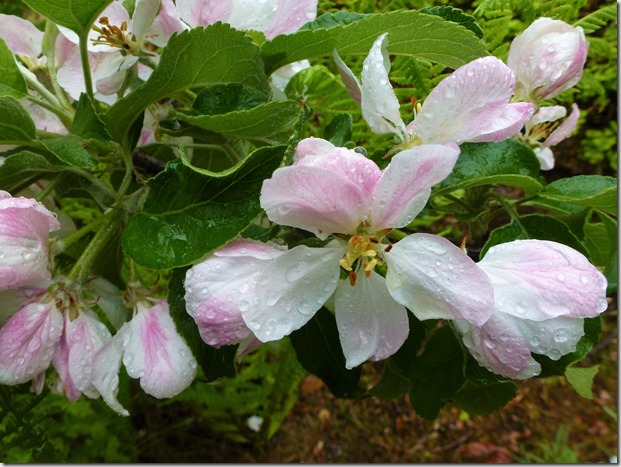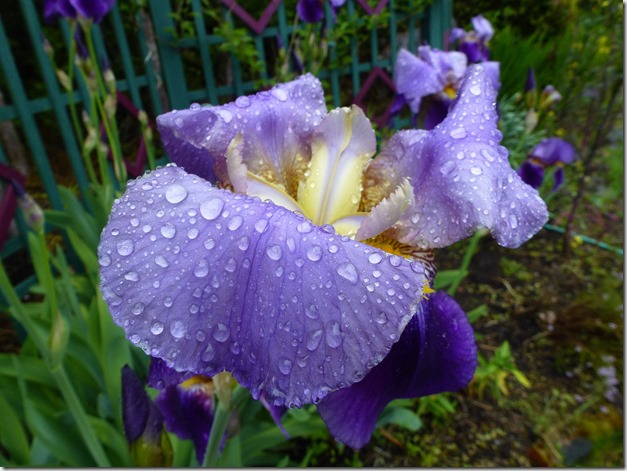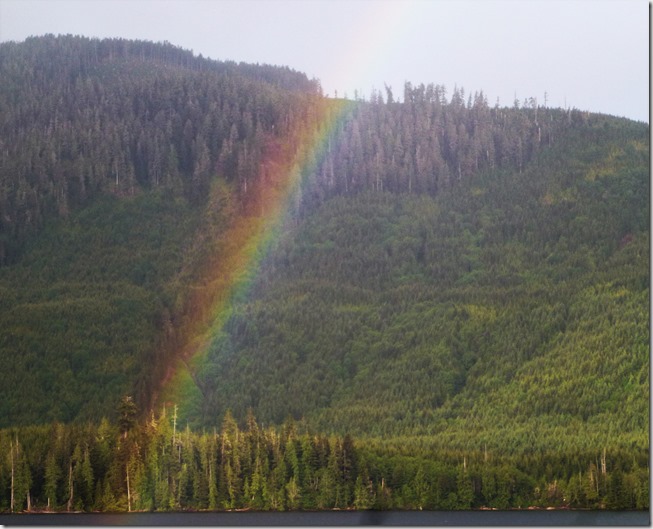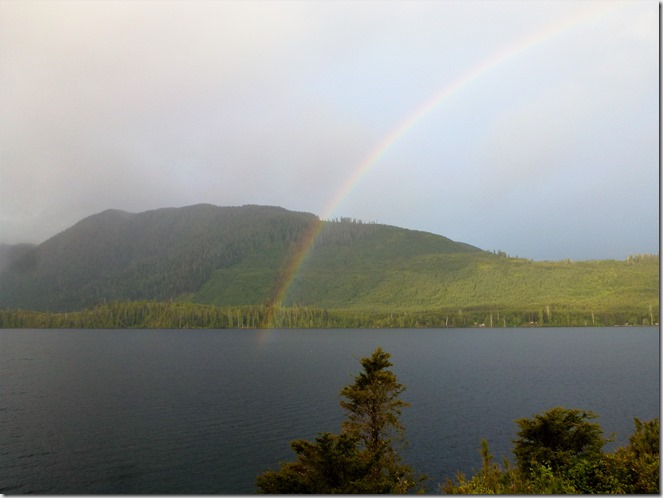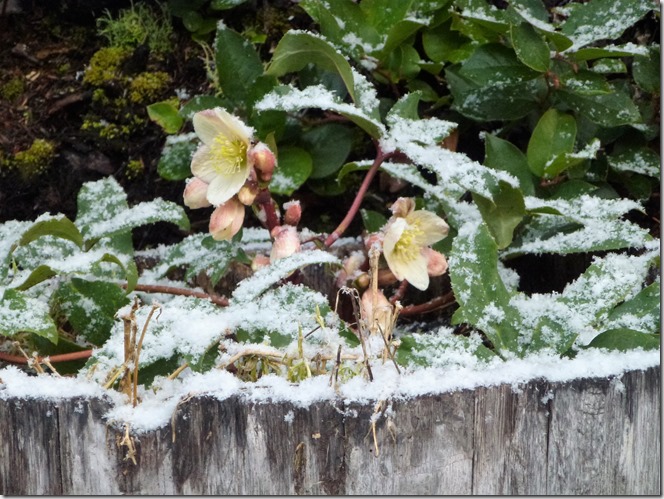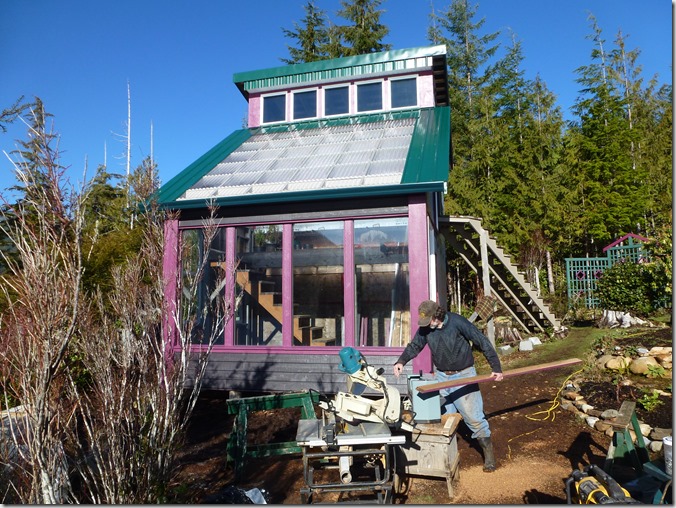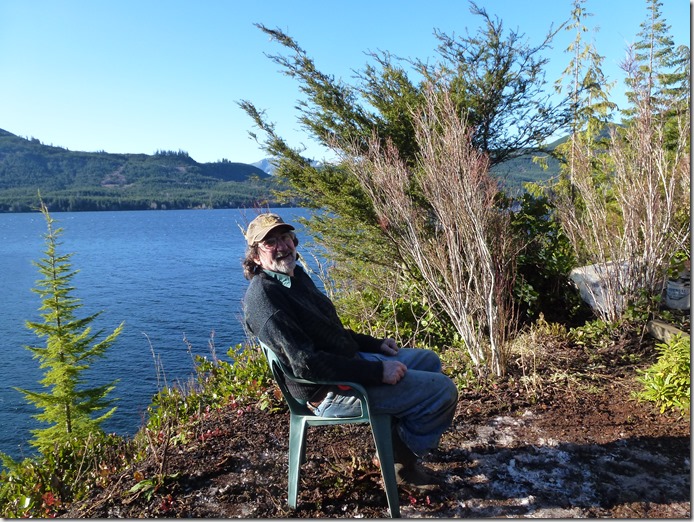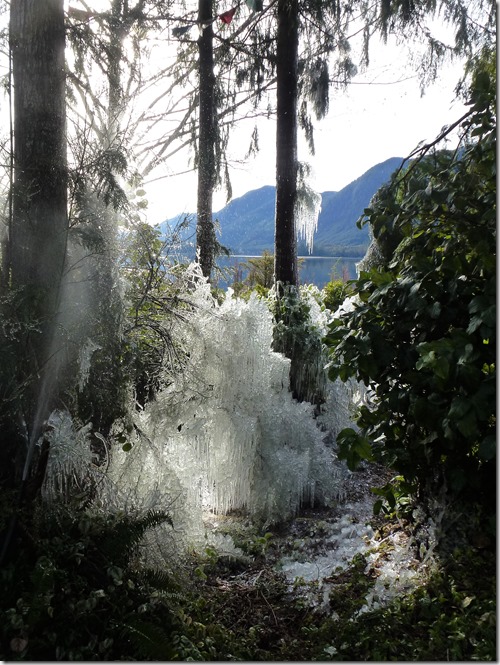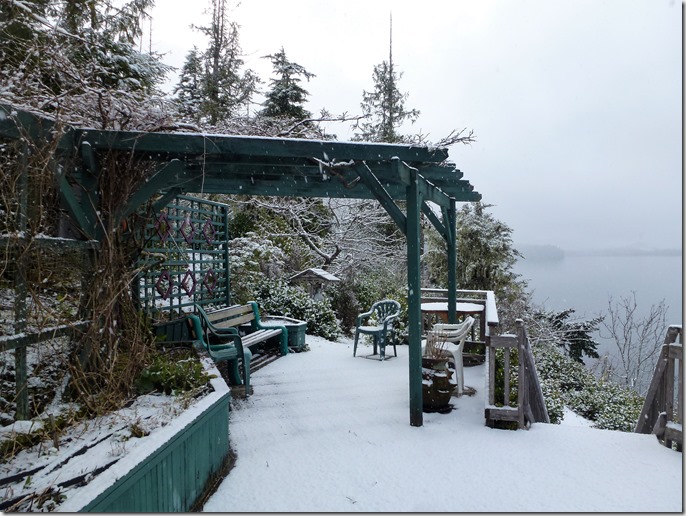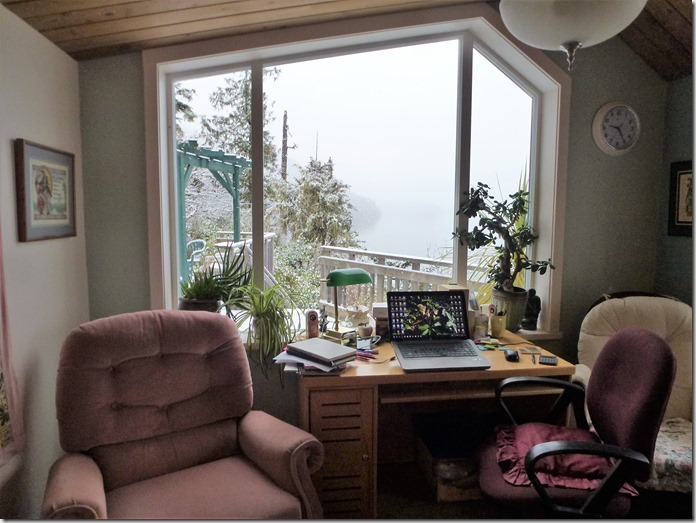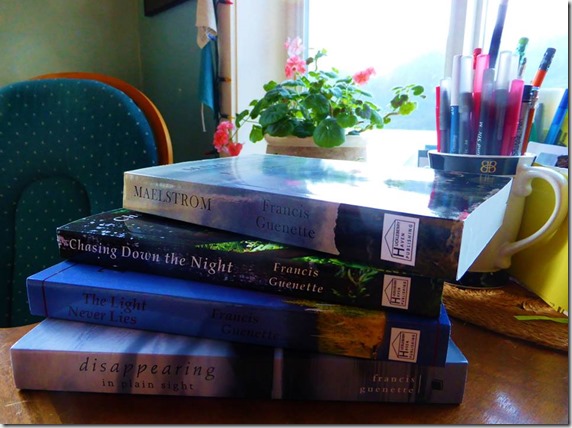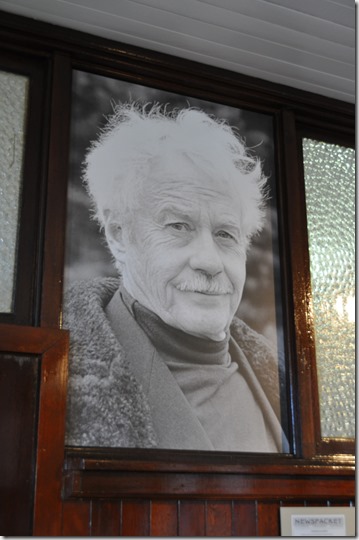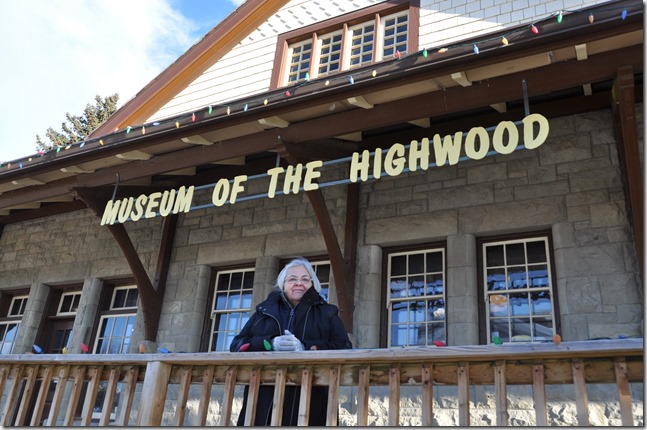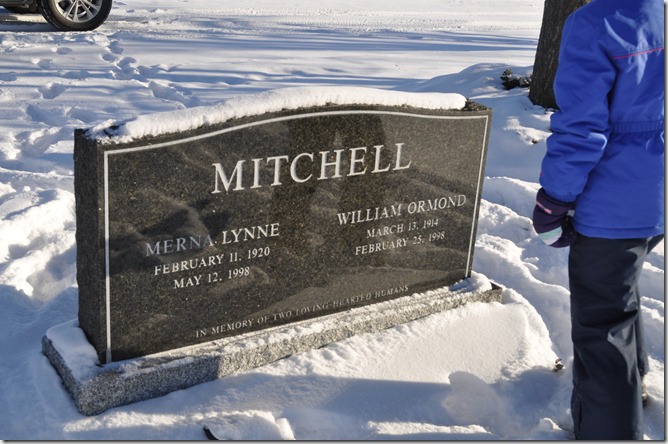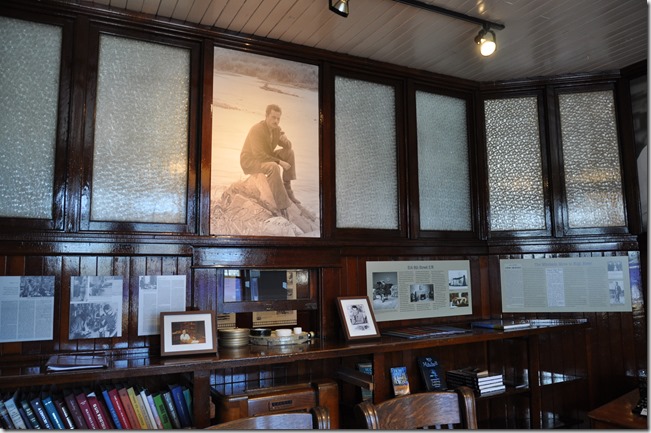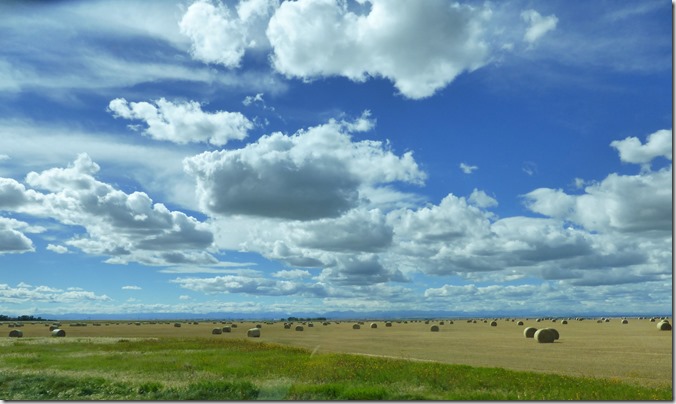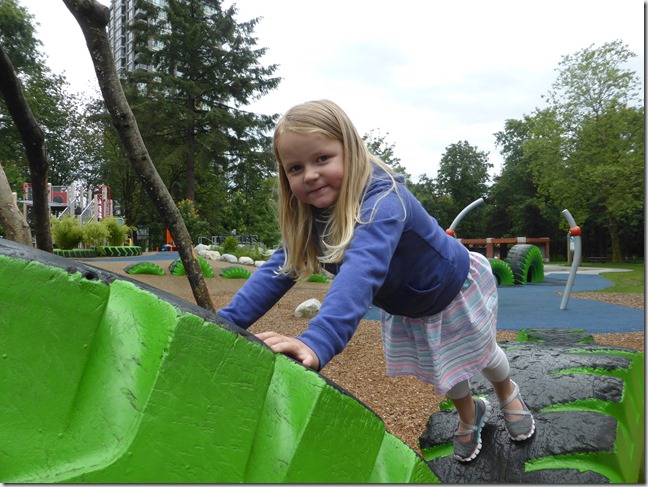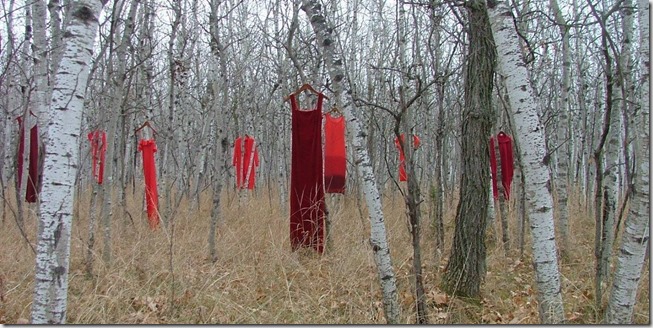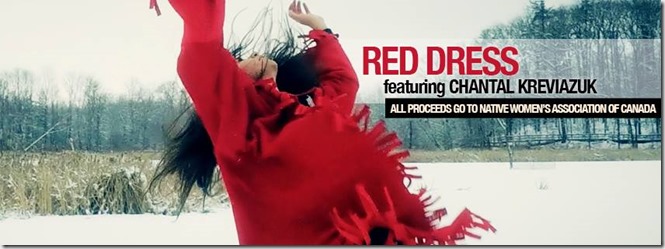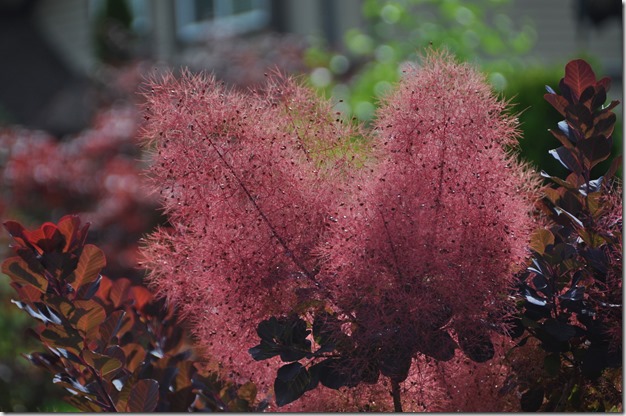
“I know you think that I shouldn’t still love you,
But what’s the sense in that?”
Do you ever listen to Dido’s song White Flag and feel like sitting down in a chair and sobbing an over indulgence of emotion for the time you carried a torch and felt like the pain of lost love would never end?
As we get older and jaded about the cost of going down with the ship of unrequited love, we forget the emotion. Writers don’t have that option. We create characters that love and lose and hang on. We have to dig deep and remember. A song like White Flag aids in the process.
I’ll let you be the judge. Listen to this song and see if it doesn’t plunge you into nostalgia for the days of believing that hanging on forever could make a difference. You can just shrink the video and come back to read the lyrics here while you listen.
White Flag
I know you think that I shouldn’t still love you,
Or tell you that.
But if I didn’t say it, well I’d still have felt it
Where’s the sense in that?
I promise I’m not trying to make your life harder
Or return to where we were
I will go down with this ship
And I won’t put my hands up and surrender
There will be no white flag above my door
I’m in love and always will be.
I know I left too much mess and
Destruction to come back again
And I caused nothing but trouble
I understand if you can’t talk to me again
And if you live by the rules of “it’s over”
Then I’m sure that that makes sense.
I will go down with the ship
And I won’t put my hands up and surrender
There will be no white flag above my door
I’m in love and always will be.
And when we meet, which I’m sure we will
All that was there, will be there still
I’ll let it pass and hold my tongue
And you will think that I’ve moved on . . .
Popular culture – and we writers are part of that or at least we want to be – promotes a love that is unrealistic but it’s an ideal that takes hold of our lives, for better or worse. There is something about never putting up that white flag of surrender, that appeals to us.
We want to believe that there is a man or woman out there who would go the distance. Never mind that we probably know ourselves to be incapable of such a thing.

A man like Professor Snape, in J.K. Rowling’s Harry Potter books. He loved Lily Potter right up to the bitter end. He died to protect her son. A son she had with his most hated rival. Is his behaviour not the popular personification of true love?
Or maybe the French heroine of Sergeanne Golan’s books, Angelique. She rushed through a dozen historical novels, sleeping with and marrying other men, though she never stopped pining for her lost love, Joffrey de’Pyrec. True to the romantic ideal, he never stopped looking for her. This is the stuff of great literary romance.
Though James Bond is portrayed as the master of love affairs in a host of Hollywood movies, in Ian Fleming’s novels, Bond never got over the woman he lost.
Our every day lives are not peopled with the likes of Professor Snape, or Angelique, or James Bond. The men and women we know are fickle and who could blame them. No one wants to be alone and as you get older the concept of true love becomes quite nuanced. What is true might end up being what is comfortable and familiar, or convenient, or self-serving, or a host of other things. Luckily for us writers, part of us clings to that ideal – why else flop in a chair and feel teary when listening to a song like White Flag?
